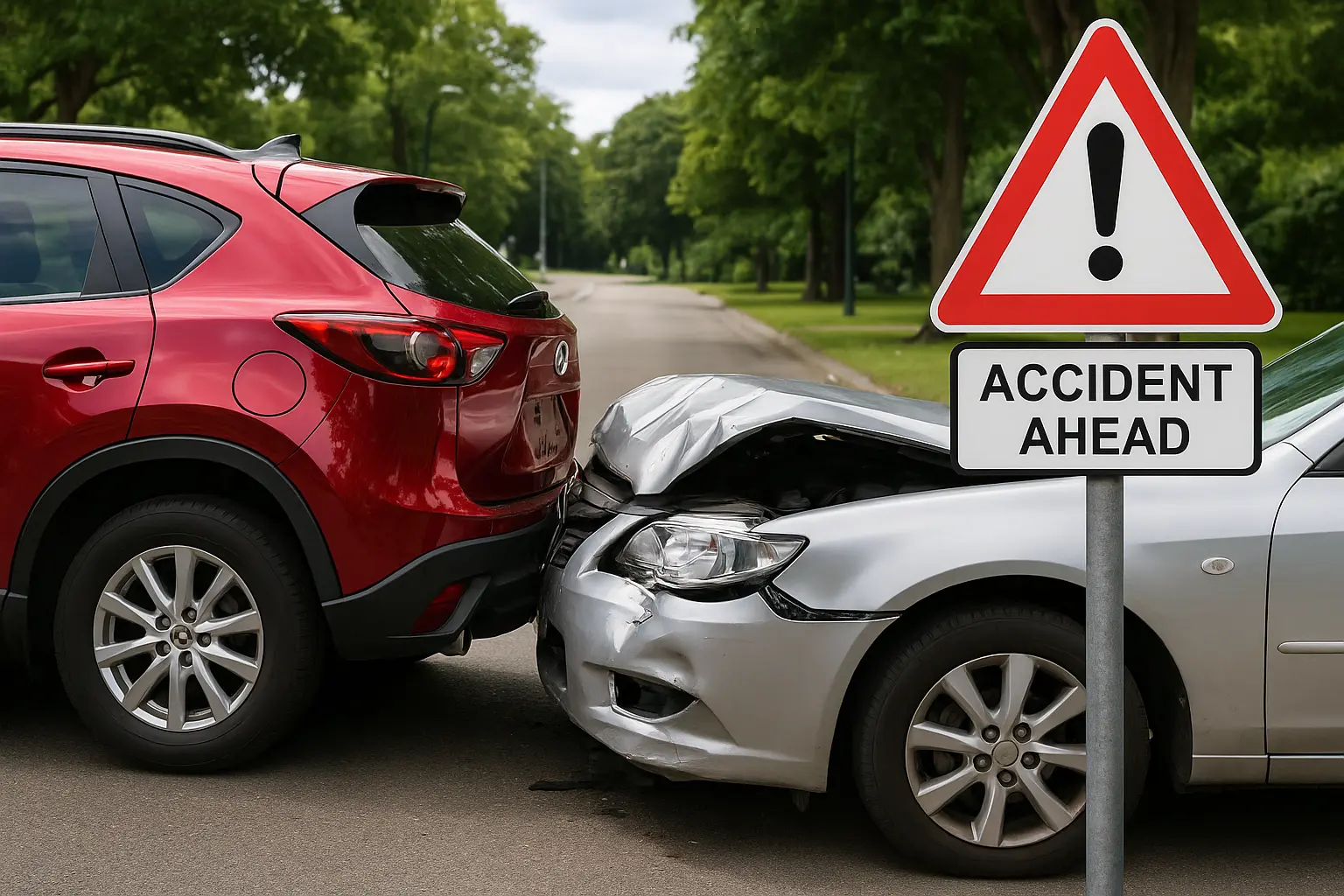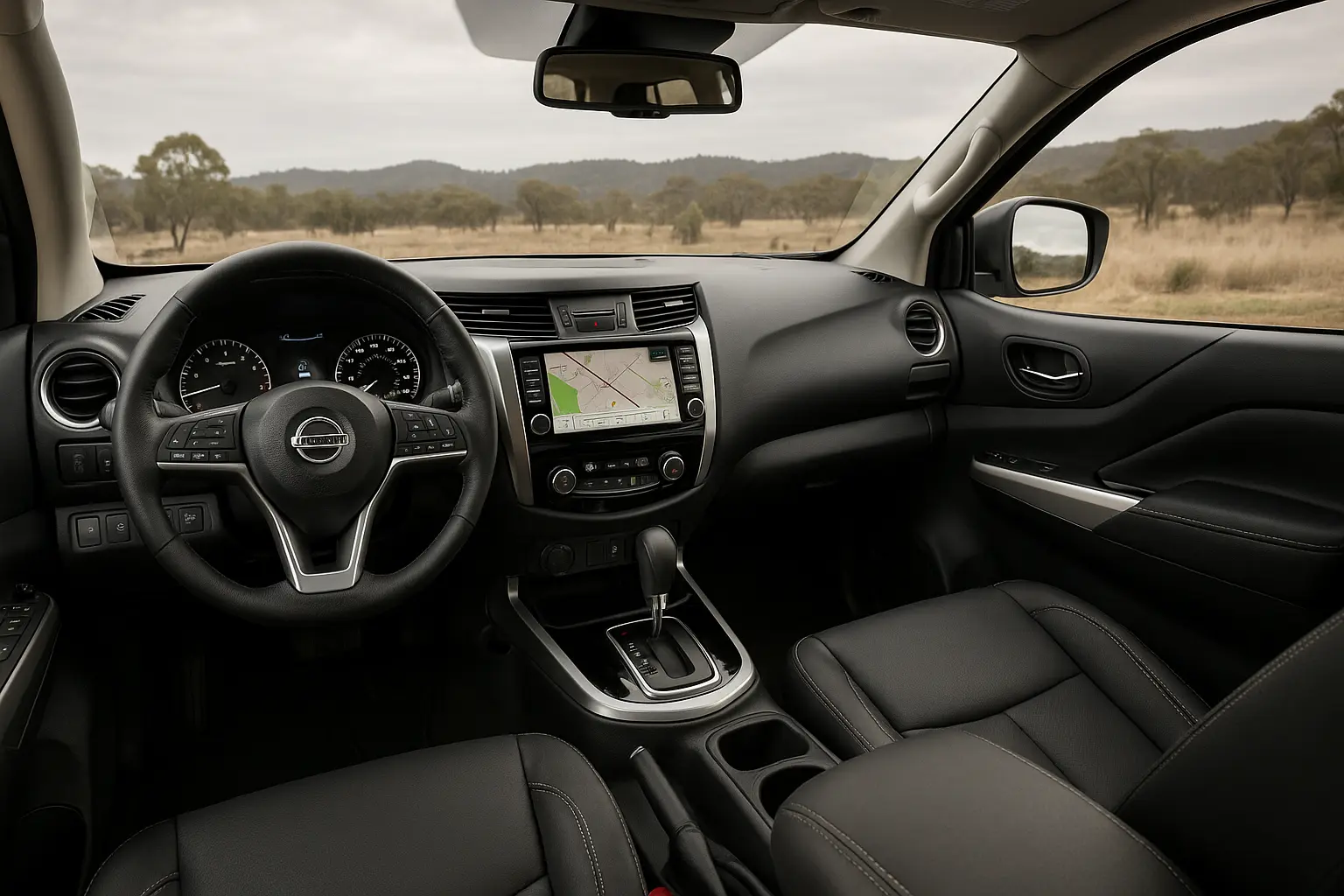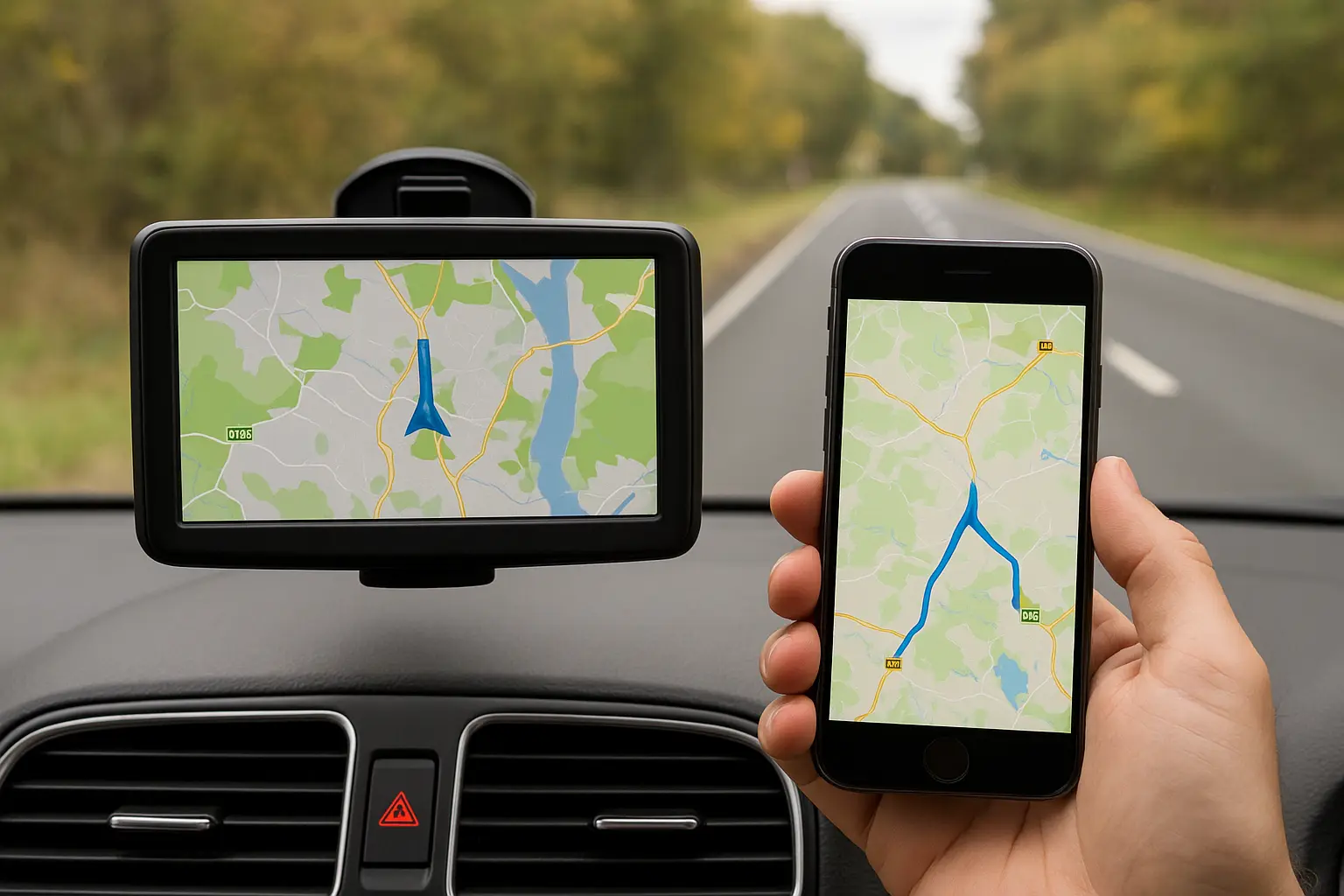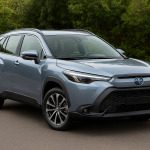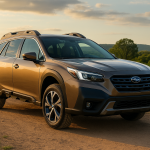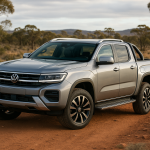Car ownership in Australia comes with a set of non-negotiables: keeping your car roadworthy, renewing your registration, and most importantly—holding car insurance. While rego already includes Compulsory Third Party (CTP) cover, many drivers are unsure whether they should pay extra for third party property damage insurance or go all the way with comprehensive cover.
Understanding the differences can save you thousands, not just in premiums, but also in how protected you are if something goes wrong. This guide breaks down every type of car insurance available in Australia, compares costs and coverage, and helps you decide which policy is best for your situation.
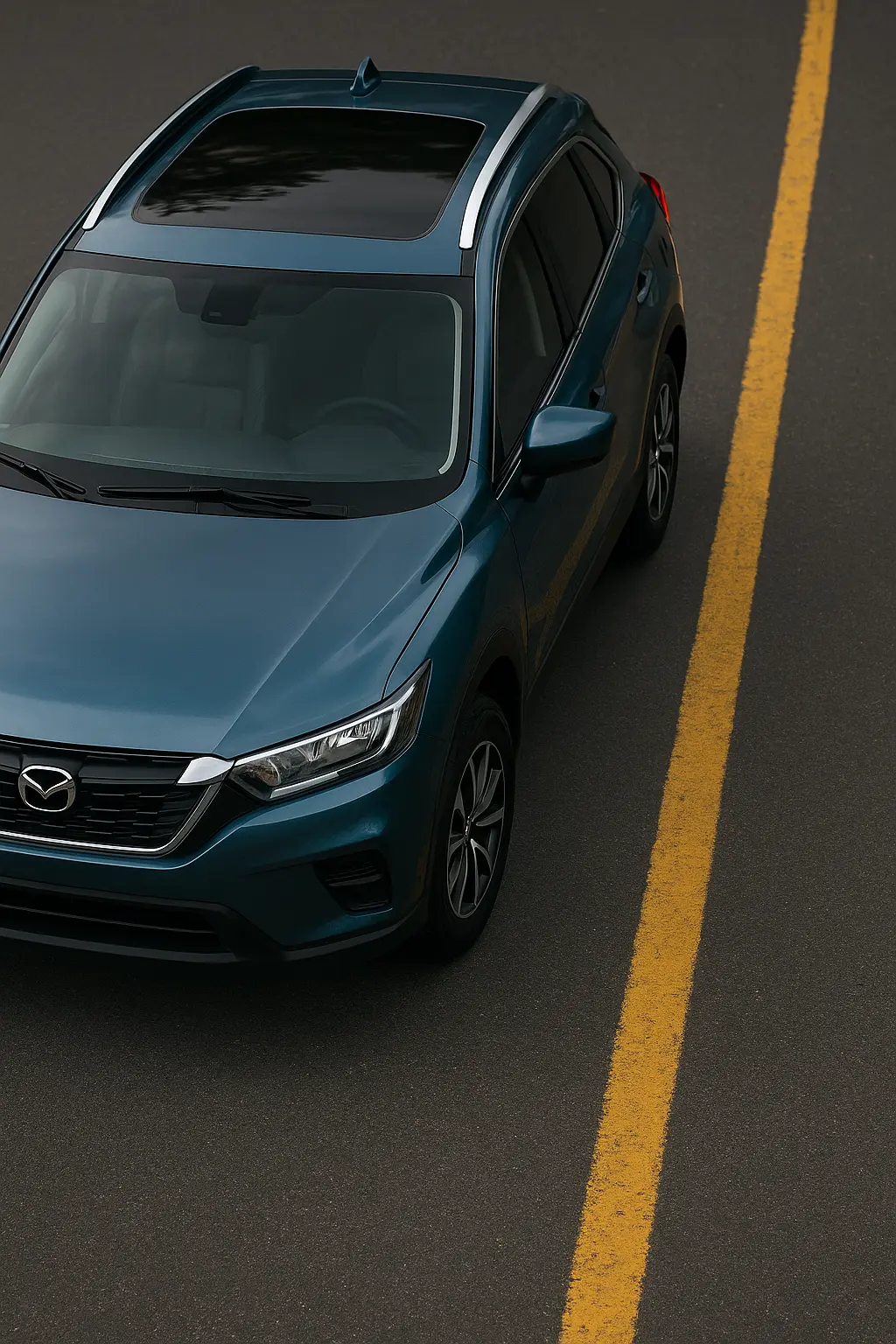
Why Car Insurance Matters in Australia
Car accidents, theft, and storm damage aren’t rare occurrences. According to road safety statistics, thousands of collisions happen each year across Australian states. Without proper insurance, one serious accident could leave you paying out of pocket for:
Your own car’s repairs or replacement.
Damage you caused to someone else’s car or property.
Legal costs if another driver sues you.
Costs associated with injuries, if you only had partial cover.
Insurance is essentially a financial safety net. The higher the coverage, the less you pay in the event of an accident—but the higher your premiums may be.
The Four Main Types of Car Insurance in Australia
When Australians talk about “car insurance,” they’re often referring to more than one product. Here are the core categories:
1. Compulsory Third Party (CTP) Insurance
Also called “Green Slip” in NSW.
Included in registration in most states (except NSW and QLD where you choose your insurer separately).
Covers injuries and fatalities to people if you cause an accident.
Does not cover damage to cars, property, or your own vehicle.
CTP is mandatory—without it, you cannot register your car.
2. Third Party Property Damage (TPPD) Insurance
Covers damage you cause to other people’s cars and property.
Does not cover your own car.
Inexpensive, often the cheapest upgrade after CTP.
Ideal for older, low-value cars where repairs may cost more than the vehicle itself.
3. Third Party Fire and Theft
Includes all the cover of Third Party Property Damage.
Adds protection if your car is stolen or damaged by fire.
A mid-tier option for drivers who want some protection for their own vehicle but don’t want to pay comprehensive premiums.
4. Comprehensive Car Insurance
The highest level of cover available.
Covers damage to your own car, regardless of who is at fault (unless excluded).
Covers damage you cause to other vehicles and property.
Often includes extras such as windscreen replacement, towing, roadside assistance, or a hire car after an accident.
Comprehensive vs Third Party: Which Should You Choose?
The decision between comprehensive and third party comes down to:
Car value
Expensive or new cars are usually worth insuring comprehensively.
Older, low-value cars might not justify the higher premiums.
Driving habits
If you frequently drive in busy city areas or commute long distances, your risk of accidents is higher.
For occasional drivers or those who mostly use public transport, third party may be enough.
Budget
Comprehensive premiums can range from $800 to $2,000+ per year, depending on age, driving history, and car type.
Third party policies can be as low as $300 annually.
Inclusions and Exclusions You Should Know
When comparing policies, always read the Product Disclosure Statement (PDS). Some common inclusions and exclusions are:
Typical inclusions in comprehensive cover:
Accidental damage to your car.
Weather damage (hail, floods, storms).
Theft or attempted theft.
Damage caused to others’ vehicles and property.
Common exclusions:
Driving under the influence of drugs or alcohol.
Using your car for business (unless specified).
Unlicensed drivers.
Mechanical breakdowns or wear and tear.
Car Insurance Across Australian States
Insurance rules can differ depending on your state or territory.
NSW: Drivers must purchase a CTP Green Slip separately before registering.
QLD: CTP is also purchased separately, but bundled into rego.
VIC, SA, WA, ACT, TAS, NT: CTP is automatically included in registration fees.
While CTP is mandated, additional insurance (third party or comprehensive) is optional nationwide.
Cost of Car Insurance in Australia
Premiums vary widely depending on:
Age and gender: Younger drivers (under 25) often face higher premiums.
Location: Living in inner-city Sydney or Melbourne may cost more than regional towns.
Car model: Sports cars and luxury vehicles attract higher premiums.
Claims history: A clean driving record can lower costs.
Usage: High-mileage drivers may pay more.
Example:
Comprehensive insurance for a 2022 Mazda CX-5 in Sydney might cost $1,400 per year.
The same car in regional Victoria might cost $900 annually.
Third Party Property Damage could be around $350–$500 per year in most states.
Pros and Cons of Each Insurance Type
CTP Insurance
✔ Mandatory cover for injuries.
✘ No cover for cars or property.
Third Party Property Damage
✔ Cheap and basic.
✔ Protects you against liability.
✘ No cover for your own vehicle.
Third Party Fire & Theft
✔ Mid-range protection.
✔ Useful for moderate-value cars.
✘ Limited compared to comprehensive.
Comprehensive
✔ Peace of mind—covers almost everything.
✔ Includes extras like roadside assistance.
✘ Highest premiums.
Additional Options and Add-Ons
Most insurers allow add-ons for extra protection:
Roadside assistance – Towing, jump-starts, flat tyre service.
Hire car after accident – Keeps you mobile while your car is repaired.
Choice of repairer – Lets you pick your mechanic instead of the insurer’s network.
Windscreen and glass cover – Often included but may be limited.
No-claims bonus protection – Keeps your discount even if you claim once.
How to Choose the Right Car Insurance
Assess your car’s market value. If it’s worth more than $5,000, comprehensive often makes sense.
Check your financial situation. Could you afford to replace your car out of pocket?
Compare quotes online. Prices can vary by hundreds of dollars for the same car.
Look at customer service reviews. Cheap insurance isn’t helpful if claims are difficult.
Check excess amounts. A higher excess means lower premiums, but more to pay if you claim.
Tips to Save on Car Insurance Premiums
Bundle your policies (home + car).
Increase your excess to reduce premiums.
Restrict drivers under 25 if they don’t need to drive your car.
Install security features like alarms and GPS trackers.
Drive less—some insurers offer pay-as-you-drive policies.
Shop around each renewal—loyalty doesn’t always mean cheaper rates.
Common Myths About Car Insurance
“CTP is enough.”
Not true—it only covers injuries, not damage to vehicles or property.“Comprehensive is always too expensive.”
Not necessarily—older drivers with clean records often find it affordable.“Insurance covers everything.”
Policies have exclusions. Always read the fine print.
Final Thoughts
Car insurance isn’t just about legal requirements—it’s about protecting your finances, your car, and your peace of mind. While CTP is mandatory, choosing between third party and comprehensive depends on your budget, car value, and driving habits.
If you own a newer or higher-value vehicle, comprehensive cover is generally the smarter choice. For older cars with less value, third party insurance can still provide essential protection without breaking the bank.
At the end of the day, the right insurance is the one that keeps you financially safe on Australian roads without leaving you under- or over-insured.
Leave a comment
Your email address will not be published. Required fields are marked *


